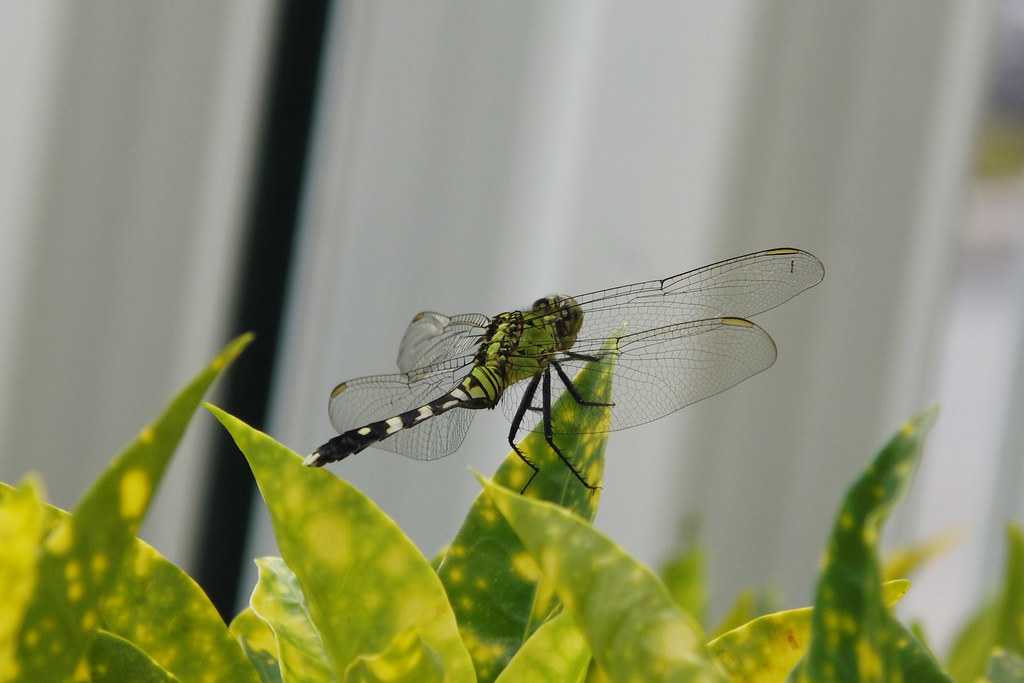the hardest thing to grasp for me as i move from a point and shoot in auto mode to a dslr in manual was the concept of aperture. i understand that aperture refers to the size of the hole that the light passes through, but that’s about it. i didn’t understand how i could use it to manipulate pictures. then i learned a bit about lenses, and how those with lower f-number had a bigger aperture and returned those artsy images with the shallow depth of field (dof). these are the images where the subject is focused with clarity and sharpness, but the background is blurred and fuzzy. the term is bokeh
here is an example of bokeh from camluvs7

so there i was thinking aperture was kind of a one sided deal. you paid more and got faster lenses with wider apertures. the lower the better. right? one nice thing about the digital age is that messing up is nearly free, and takes up no time. it may take some of the edge and sense of urgency away from learning, but it also leads to happy accidents. here is one now. i was unfamiliar with the fact that the flash would reduce the shutter speed to a maximum of 1/200, and with a bright spring snowfield behind the girls, the background would be completely washed out, which is cool although not what i was looking for

for reference, this is the pic with no flash to see what’s blown out

almost three months later, a similar opportunity appeared. but now i was armed with a little more knowledge about how to deal with the situation. the amount of light that hits the ccd is based on the how long the shutter is open as well as how wide the opening is. since the flash requires the shutter speed be slow (the shutter is open a long time), we must reduce the width of the opening to reduce the amount of light that comes in. reducing the width of the opening is the same as shooting with a higher f stop. the picture below is shot at f/10, as opposed to f/5 above

there are some other reasons you might want to go with a higher f/number as well. you can go with longer exposure times in order to capture movement of running water.
additionally, bokeh is not always what you are looking for. you may want all objects within the frame to be in focus. a higher f/number would be appropriate there as well
